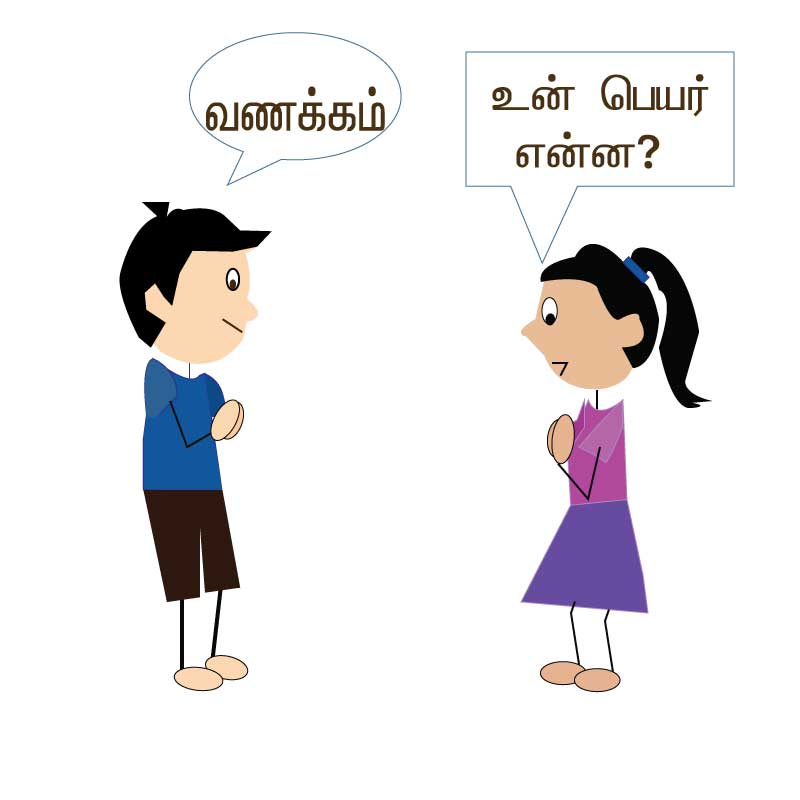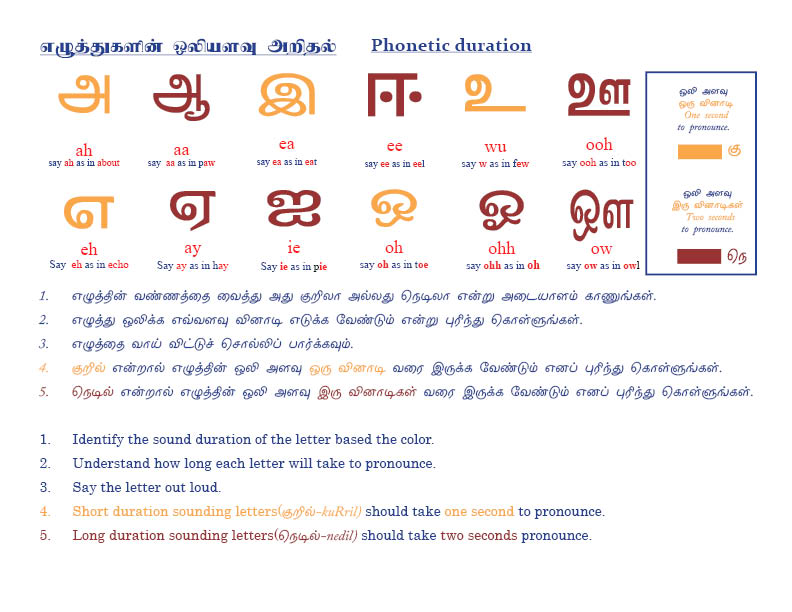ஆண்பால் பெண்பால் மீள்பார்வை
ஆண்பால் பெண்பால் ஆகிய இரண்டு வகைகளுக்கு எனப் பயன் படுத்தப்படும் சில சொற்கள் உள்ளன. அவற்றை மாற்றி எழுத முடியாது/ அப்படி எழுதுவது இலக்கண விதி படி தவறாகும். ஆனால் மொழியை முதலில் கற்பவர்கள் இந்தச் சொற்களை அறிந்து இருக்க வாய்ப்பில்லை. அதனால் ஆணையும் பெண்ணையும் குறிக்கும் சொற்களை மனதில் பதிய வைத்துக் கொள்வது அவர்கள் தமிழைப் புரிந்து படிக்கவும் இலக்கணப் பிழையின்றித் தமிழில் எழுதவும் உதவும்.
இந்தப் பகுதியில் கொடுக்கப்பட்டு இருக்கும் இந்த விளையாட்டு ஆண்பால் பெண்பால் ஆகிய இரண்டு பாலருக்கும் உள்ள தனித் தனிச் சொற்களை அடையாளப்படுத்த உதவும்.
இந்த விளையாட்டின் சரியான விடை கொடுக்கும் போது அந்த சொல் மறைந்து போகும். தவறான விடை கொடுத்தால் அந்த சொல் மறையாது. இந்தக் குறிப்பைக் கொண்டு ஒருவர் தங்கள் தவற்றைத் திருத்தி கொள்ளலாம்.
[iframe_loader type=’iframe’ width=’100%’ height=’600′ frameborder=’0′ src=’http://tamilanitham.com/wp-content/uploads/articulate_uploads/genderGame10/story.html’]
Male – Female gender words review Game
In Tamil language, there are special words to note the male gender and female gender. These words cannot be changed. Changing them will be wrong grammatical term. Yet for a beginner to know these words is hard. So the above game will help the learners identify the words by sight.
Knowing the correct terms will help the learners to understand what they read. Knowing these terms will help the learners to write better too.
In this game the learners will drag and drop the correct the terms. When their choice is right the words will disappear. Using this clue the learners can relearn the terms.









You must be logged in to post a comment.